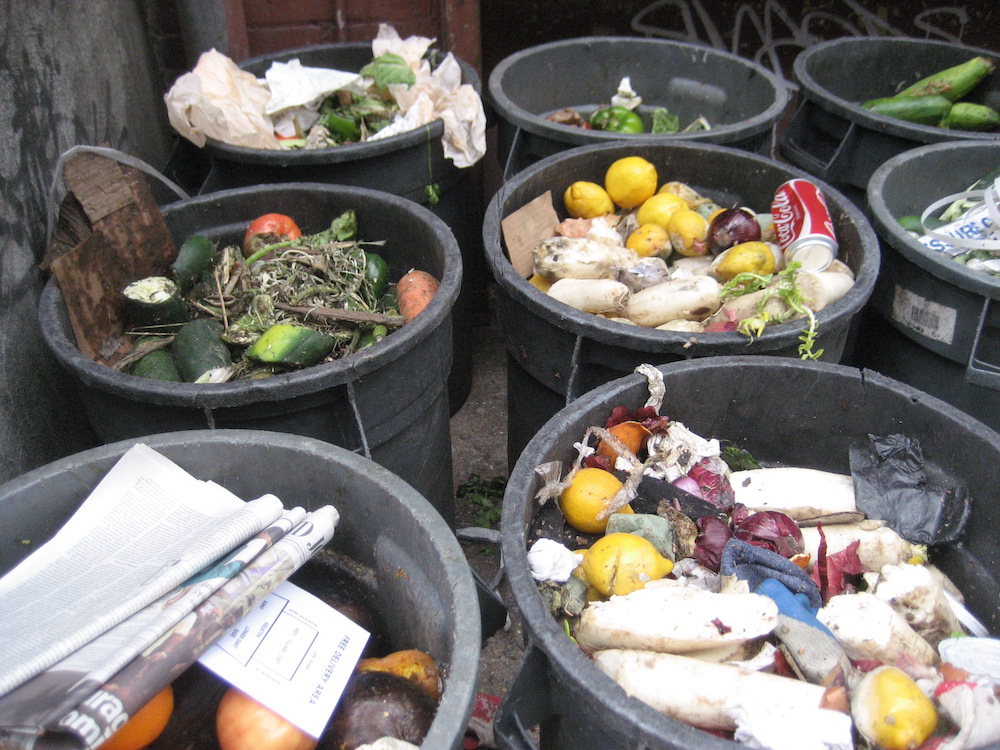How event planners can take the lead on sustainability
When it comes to global meetings and events, food is more than fuel — it’s an experience. But it’s also one of the industry’s biggest sustainability headaches. Buffets, coffee breaks, and banquets too often end with trays of untouched food being hauled away. According to the International Congress and Convention Association (ICCA), as much as 20% of event food ends up wasted — waste that comes at a cost not only to the planet but to planners’ budgets and reputations. Globally, the U.N. estimates food waste accounts for 8–10% of greenhouse gas emissions.
For planners, the challenge is clear: food waste isn’t just about leftovers. It’s about sustainability, economics, and the guest experience. The good news is that new tools and technologies are emerging to help the industry make measurable progress.
The High Cost of Wasted Food
The hospitality sector has long recognized food waste as a financial liability. LightBlue Consulting notes that in hotels and catering operations, discarded food can equal about 5% of the cost of goods sold — an expense that adds up quickly across multi-day conferences and incentive trips (LightBlue: From Cities to Kitchens). Overproduction inflates catering bills, while disposal carries additional fees.
And the impact doesn’t stop at balance sheets. Sustainability has become a core KPI for events. Every tray of untouched pastries represents not only lost dollars but also a missed opportunity to show attendees, sponsors, and regulators that the event is run responsibly.
A Toolkit for Associations
One of the most significant developments comes from ICCA, which in 2025 released its Food Waste Toolkit for Associations in collaboration with LightBlue Consulting. The toolkit, unveiled at ICCA’s Global Association Forum in Granada, was inspired by the Bangkok Protocol for Sustainable Gastronomy and tested at association meetings worldwide. It gives planners a practical framework to:
Plan with waste in mind: Reduce waste across the event lifecycle, starting in the early RFP stage.
Design smarter menus: Adjust portion sizes and buffet setups to reduce excess.
Negotiate with venues and caterers: ICCA recommends asking providers specific questions about donation policies and batch cooking.
Engage attendees and staff: Simple nudges — signage at buffets, or staff briefings — can dramatically curb waste.
Measure and track surplus: “If you can measure it, you can manage it” is the mantra; logging leftovers creates a feedback loop.
Redistribute responsibly: Connect with local charities to ensure edible food is donated rather than discarded.
At the ICCA Congress in Abu Dhabi, these principles were put into practice. According to ICCA, the event became its first to achieve Zero Food Waste to Landfill certification, saving 370 kilograms of food and redistributing 928 meals to local communities (ICCA, 2024 case study).
Tech to the Rescue
Technology is also changing the game. LightBlue Consulting has developed FIT (Food Intel Tech), a digital tracking platform that allows kitchens to log waste in real time. Staff use a tablet and scale to weigh and categorize discarded items, generating immediate feedback.
LightBlue reports that kitchens using FIT typically see a 25–35% reduction in food waste and a 3–5% cut in food costs (LightBlue: FIT Food Intel Tech). One Spanish hotel using the system reduced waste by 31% in a year, saving $182,000 and preventing 120 tons of CO₂ emissions. Another resort in the Maldives logged more than 15,000 meals “rescued” from being wasted.
FURTHER READING: 5 TECH TOOLS TO TACKLE FOOD WASTE
The secret to FIT’s success, says LightBlue CEO Benjamin Lephilibert, is making waste visible. “Turning waste into data, and data into action, is the fastest path to impact,” he told delegates at the International Conference on Waste Management (ICWMT20).
Success Stories from the Field
Beyond ICCA’s Congress, broader industry pilots show promise. In Mauritius, LightBlue coordinated a nine-month waste reduction program across 10 hotels and caterers. The initiative cut food waste by an average of 43%, equivalent to 125,000 meals saved and $210,000 in cost savings in under a year (LightBlue: From Cities to Kitchens).
These examples underline that sustainability and profitability can go hand in hand. Guests still enjoy abundant, high-quality meals — but the “invisible” inefficiencies are dramatically reduced.
What Planners Can Do Now
For planners ready to take action, experts recommend several concrete steps:
Build waste goals into RFPs — Ask venues about donation programs, waste tracking, and batch cooking practices.
Forecast smarter — Use past attendance data and dietary preferences to avoid overordering.
Design buffets with intention — Serve smaller trays and refresh more often, instead of laying out large amounts at once.
Track in real time — Even simple scales and logs can help; tech solutions like FIT amplify the impact.
Redistribute surplus — Partner with local nonprofits for safe, fast donation.
Educate attendees and staff — Communication and culture make waste prevention a shared mission.
Dermot Ryan, ICCA’s Head of Association Engagement, summed it up best: “Only by working together can we create more sustainable meetings.” With ICCA’s toolkit and LightBlue’s technologies, event planners now have the resources to turn sustainability from an aspiration into an operational reality.
The payoff is triple: lower costs, lower carbon footprints, and higher credibility with stakeholders. For an industry built on hospitality, ensuring that meals nourish people instead of landfills may be the most powerful legacy planners can leave behind.
Any thoughts, opinions, or news? Please share them with me at vince@meetingsevents.com.





